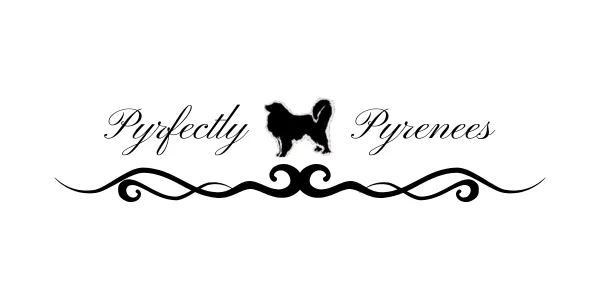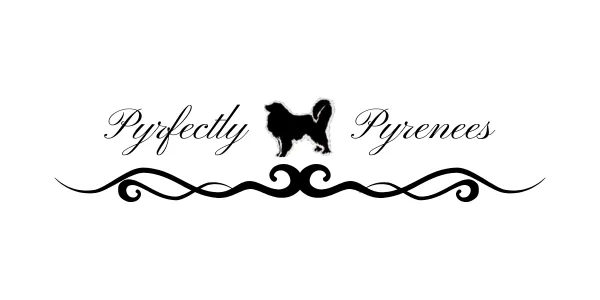About the Breed
The Great Pyrenees is a large, thickly coated, and immensely powerful working dog bred to deter sheep-stealing wolves and other predators on snowy mountaintops.
Pyrs today are mellow companions and vigilant guardians of home and family. Frequently described as 'majestic', Pyrs are big, immensely strong mountain dogs standing as high as 32 inches at the shoulder and often tipping the scales at more than 100 pounds.
These steadfast guardians usually exhibit a Zen-like calm, but they can quickly spring into action and move with grace and speed to meet a threat.
The lush weatherproof coat is all white, or white with markings of beautiful shades of gray, tan, reddish-brown, or badger.
What To Expect When Caring For a Great Pyrenees
Owning a dog is not just a privilege; it’s a responsibility.
They depend on us for, at minimum, food and shelter, and deserve much more.
When you take a dog into your life, you need to understand the commitment that dog ownership entails.
Read below for more information on caring for a pyrenees.
Frequently Asked Questions
How do I groom my pyrenees?
For all their abundant fur, Pyrenees don't require a lot of grooming, as their coat is dirt- and tangle-resistant. They have a double coat, with a long outer coat and a soft undercoat. One owner says, 'They shed in the spring, after whelping, in honor of certain Druid festivals, and after you enter them in a show!'
A thorough brushing with a pin brush or slicker brush at least once a week will help to reduce the shed hair that ends up all over the house. The Pyr's nails should be trimmed regularly, as overly long nails can cause the dog discomfort. Please remember to check and trim the dew claws on the hind legs!
Are pyrenees easy to train?
Pyrenees were bred to be independent thinkers, to work without guidance watching and protecting their flock. Although they are intelligent, standard obedience training will be met with great indifference. They don't see the point of all that sitting, heeling, and staying. They will let their boredom show by performing any task you deem important with extremely slow responses.
Nonetheless, early socialization and puppy training classes are recommended to help give the Pyr a good start in becoming a well-adjusted, well-mannered companion.
How much exercise will my pyrenees need?
Pyrenees are not a highly active breed. The breed was developed to be a livestock guardian and has been used since ancient times to protect flocks from wolves, bears, and human foes. When working, they will patrol their territory but tend to conserve their energy for fending off whatever may threaten their flock.
Moderate exercise such as walks with their owner will help keep them healthy and happy. The breed also exercises mind and body by participating in canine activities such as obedience trials and cart-pulling.
How much should I feed my pyrenees?
Some owners note that Great Pyrenees seem to eat a relatively small amount for a dog of their size. 'Of course, if another dog wants what's in their bowl, they will snarf down the food like they hadn't eaten in months,' says one breed devotee. A high-quality dry dog food that is low-protein and specially formulated for large breeds is a good idea.
The breed is susceptible to bloat, or gastric dilatation-volvulus (GDV), where the stomach distends and twists. The causes of bloat aren't fully understood, but experts agree that multiple, small meals per day and preventing vigorous exercise around mealtimes may help reduce the chances of it happening.



